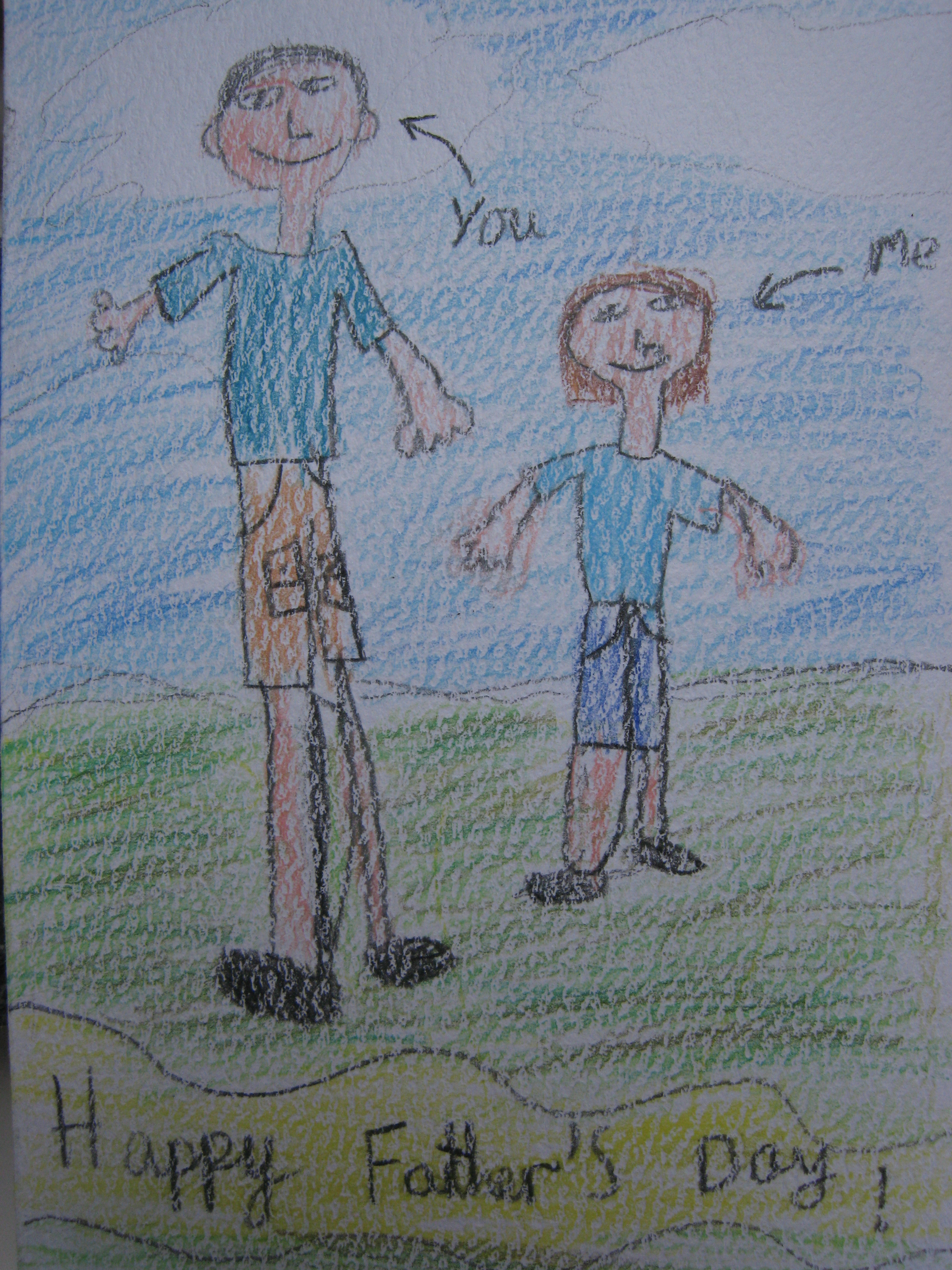I came across this image by Joe Pemberton in Flickr the other day. It (and the discussion attached to it) sums up my predicament of the blurring of boundaries between public and private social networks.

This is some thinking I've been doing lately about the ecosystem of social networks and the problem of managing it all and of keeping the personal separate from the professional.
Some overlap will happen in social networks but maintaining boundaries helps you keep professional contacts eyes off of your private matters, your personal goings on, your family status, your childrens’ accomplishments, etc.
[DOTTED AREA] Public. Your personal brand awareness happens here. Create digital acquaintances. Network. Be a person, but be sure to balance out your travelogue with your sharing of insights.
[CYAN] Professional. Limited to people you‘ve worked with. Don’t dilute this network with digital acquaintances.
[ORANGE] Keep these limited to friends and family. These are not professional networking tools. Avoid the urge to accept every friend request. Do you really want to connect with old high school acquaintances?
[MAGENTA] Keep these close; limited to people you hang with. Old high school buddies and people you met at conferences don’t need this layer of your digital life.
This is not a prescription for others but is pretty much a diagram of my own social network. And yes, as lame as it sounds, that's how I have to view it, as a brand exercise. After all, careers have become brand management of your personal expertise, experience, insights and beliefs.
As one of Joe's Flickr respondents said, "I have a real concern with recent professional contacts having access to some of my oldest goofiest friends".
But the prospect of "de-friending" a number of professional contacts out of Facebook seems pretty tough too.
And then there are the true boundary people - the professional contacts who have become friends. What have I got myself into!?
It's probably far too late.
Perhaps it's just a fact of life 2.0 that we have to live with? Transparency. Trust. Thinking our loud.
And getting comfortable that that the rest of my social-media life will feel like my big four-o birthday party would have done last year, had I had the bottle to have one that is... and mix family, friends, colleagues, schoolmates and clients in with alcohol for several hours!
Perhaps I'll save that for my 50th. By then someone will have figured out the social media boundaries of politesse...





